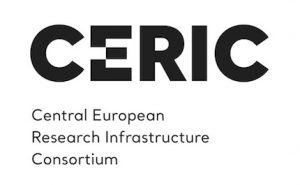video
Introduction to SANS: Small Angle Neutron Scattering at BNC
The Yellow Submarine SANS instrument at BNC uses cold neutrons to study the nanostructure of the materials. Their low energies – or high wavelengths – and their lack of charge allow them to penetrate deeply inside the matter. Neutrons that reach the sample, scatter on the atomic nuclei in the sample. After detecting the scattered neutrons, a longer process of data treatment and analysis follows.
The video showcases the how SANS work, in which research domains it is use, and what samples an be analysed.
small angle neutron scattering, neutron scattering, archaeology, MaterialsScience, Heritage Science, cultural heritage, biology, drug delivery, pharmaceutical research, life sciences
Keywords: neutron scattering, Small Angle Neutron Scattering, Materials Science, drug delivery, Heritage Science, pharmaceutical research
Target audience: scientists, researchers, archaeologist, biologists, Materials scientists
Resource type: Video Lecture
Activity log

